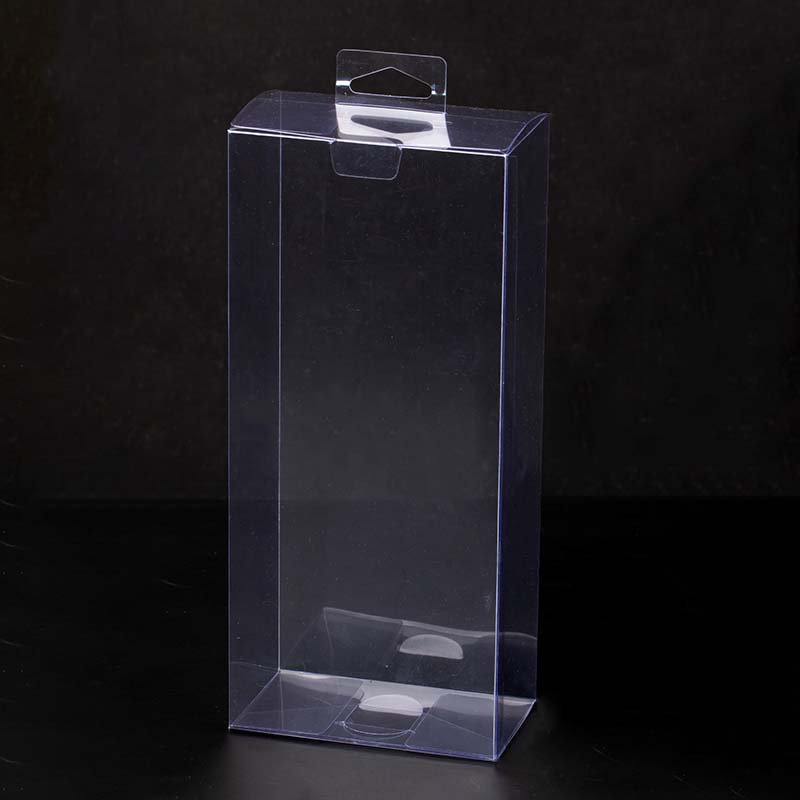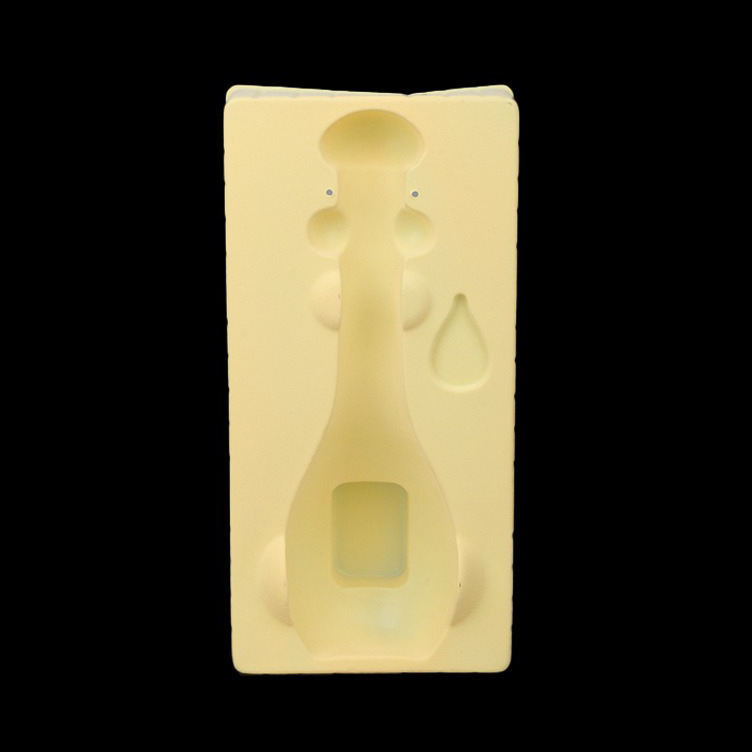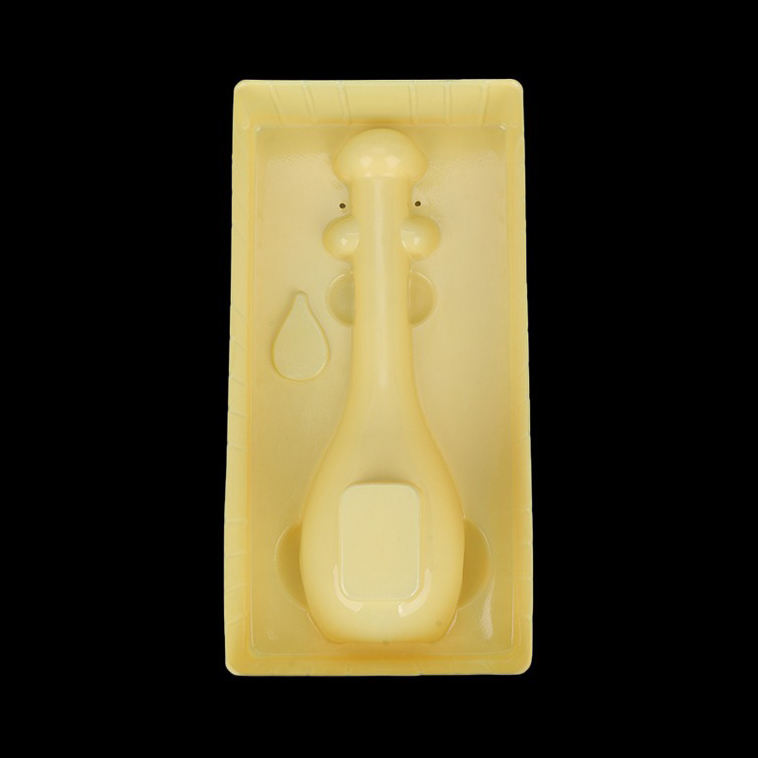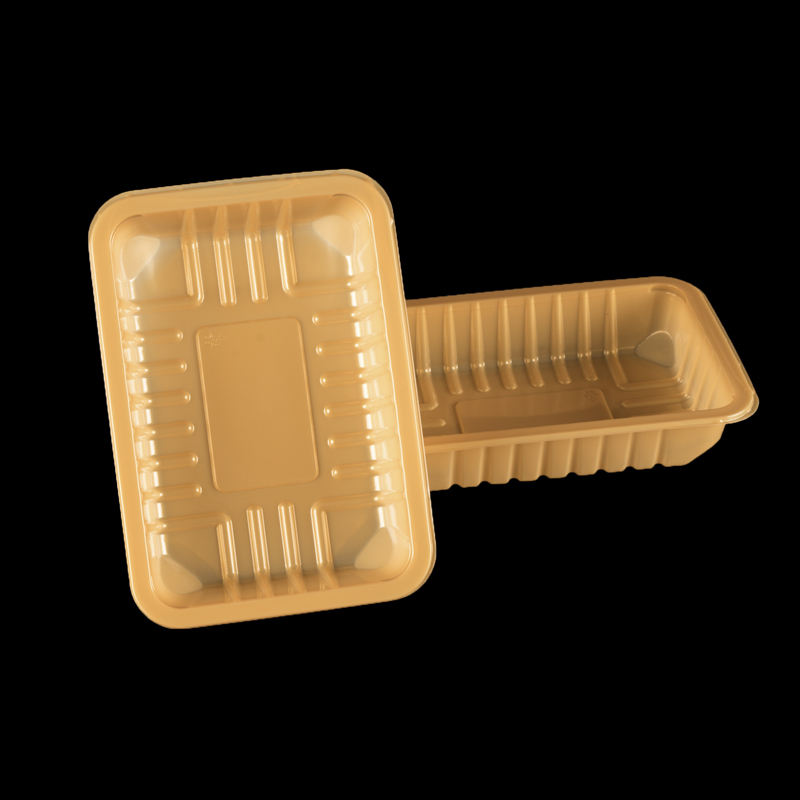The Ultimate Guide to Hardware Packaging
Packaging plays a crucial role in protecting products during shipping, storage, and display. When it comes to hardware items like screws, door handles, or construction fittings, selecting the right packaging is essential. This article offers insights into hardware packaging, explores different types of packaging boxes, and clarifies common doubts about packaging terminology. Whether you're a manufacturer or a consumer, understanding the details of hardware packaging ensures your products are safe and appealing.


What Is Hardware Packaging?
Hardware packaging refers to the specialized containers, wraps, or protective materials designed to store and transport hardware products. These items include everything from small screws and nails to larger components like door handles and construction tools. The main purpose of hardware packaging is to protect items from damage such as scratches, moisture, and impacts. It also plays a role in providing vital information, branding, and even ensuring safety due to certain hazardous components. There are many types of hardware packaging, including blister packs, cardboard boxes, and shrink wraps. Some popular examples include:
| Type of Packaging | Examples | Uses |
| Blister Packs | Clear plastic packaging attached to a cardboard backing | Showcasing small items like screws and bolts |
| Plastic Containers | Transparent or opaque plastic tubs or jars | Storing small hardware pieces |
| Heavy-Duty Cardboard Boxes | Sturdy boxes of different sizes | Transporting larger hardware components |
| Shrink Wraps | Heat-sealed plastics | Protecting door hardware packages from scratches |
What Is a Packaging Box?
A packaging box is a container, often made of cardboard, metal, or durable plastics, used for storing, shipping, or displaying products. Unlike simple bags or wraps, a packaging box provides a solid structure, making it ideal for stacking during storage or transport. For hardware products, packaging boxes are widely used because of their durability and ease of customization. They can be branded with logos, installation instructions, or safety warnings to create an enhanced customer experience. Some of the benefits of a packaging box include:
Protection: It shields hardware items from environmental factors like moisture and dust.
Organization: Compartments or dividers in boxes allow for storage of multiple items, such as screws of different sizes.
Branding Opportunity: A packaging box often serves as a mobile advertisement for the manufacturer, enhancing visibility in retail spaces. For instance, in door hardware packages, boxes often include images of the products, descriptions, and installation tips to simplify the buyer's process. This level of convenience and protection is why boxes remain a top choice.


What Is the Difference Between Packaging and Packaging?
At first glance, the question can sound repetitive, but it highlights an important point. "Packaging" can refer to two distinct aspects:
Packaging as a Process
This refers to the activity of preparing products for transport, sale, or long-term storage. It includes everything from selecting materials, designing, and sealing the product. For instance, building customized door hardware packages would fall under this category.
Packaging as a Product
Packaging also refers to the physical container or wrapping used, such as package boxes or other enclosures. These are the tangible items that hold and protect the contents. The main difference lies in context. When discussing "hardware packaging," the term often combines both meanings since it involves both the process and the product used in creating a safe and attractive package for hardware.
Why Is Hardware Packaging Essential?
Good packaging for hardware products is not just a convenience but a necessity. Here are some key reasons why hardware packaging is essential:
Protection During Transport
Whether hardware items are shipped locally or internationally, they face physical stress. Packaging ensures they're delivered intact to consumers or retailers.
Safety Compliance
Some hardware pieces, like certain tools or fittings, can have sharp edges or pose risks. Well-designed packaging ensures safe handling, minimizing accidents.
Brand Representation
With custom branding and logos on packaging boxes, businesses can establish stronger brand visibility.
Ease of Use and Storage
Package box designs with compartments, re-sealable closures, or labeling make usage simpler for customers. By addressing these aspects, hardware packaging goes beyond simple protection and becomes an integral part of the buying and usage experience.


Frequently Asked Questions (FAQs)
What Is Hardware Packaging?
Hardware packaging includes all the materials and processes used to store, ship, and display hardware items such as screws, nails, door handles, or tools. It ensures protection, enhances branding, and simplifies product management.
What Is a Packaging Box?
A packaging box is a structured container made from sturdy materials such as cardboard, plastic, or even metal. It is used to transport, store, or display products securely and professionally.
What Is the Difference Between Packaging and Packaging?
"Packaging" can refer to both the process of preparing a product for transport and sale, as well as the physical container or material that holds it. The distinction depends on the usage context.
Why Are Door Hardware Packages Important?
Door hardware packages typically bundle components like knobs, locks, and hinges together. These packages improve organization, provide installation guides, and ensure the items arrive safely and ready to use.
How Do I Choose the Right Package Box for Hardware?
Look for durable materials, appropriate sizing, and functionality like compartments or re-sealable closures. Custom branding is also recommended for added professionalism.
Choose Quality With zs zx pack
When it comes to hardware packaging, choosing a reliable provider is key. For durable, customizable, and professionally crafted package boxes or door hardware packages, zs zx pack is a trusted name. With a deep understanding of packaging needs, zs zx pack ensures your hardware products are protected and presented in the best possible way.
Contact zs zx pack:
Email: zszxpack@163.com
Phone: +86-18024217948
Whether you’re looking for tailored designs, eco-friendly materials, or bulk production, zs zx pack has the expertise to meet all your hardware packaging needs. Reach out today to elevate your packaging game!
Hardware packaging
package box
door hardware packages





























